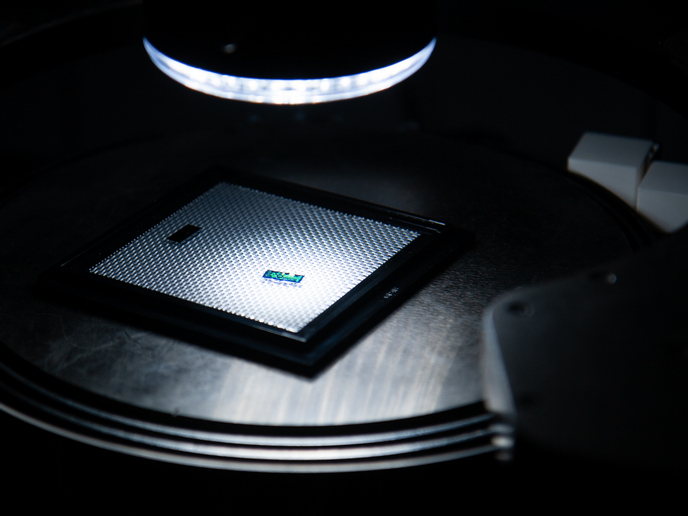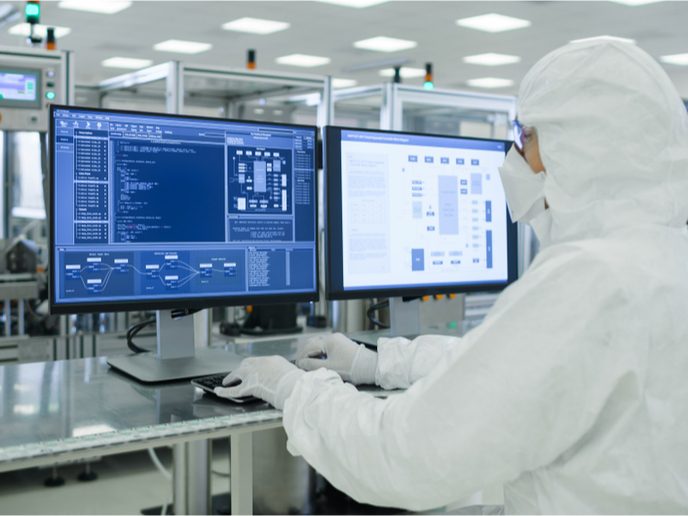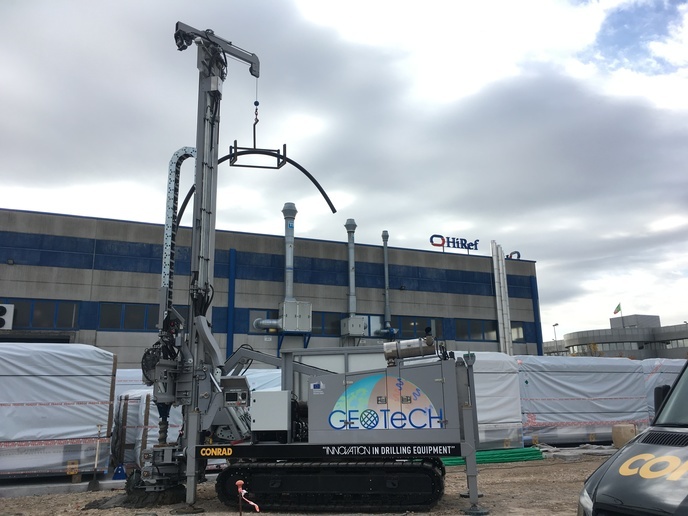Integrated photonics: from autonomous vehicles to quantum communication
Half a billion new cars are expected to hit the roads around the globe by 2040(opens in new window), and they will be increasingly autonomous vehicles. Replacing some of the electronics with photonics could improve the resolution of their sensors, unleashing new possibilities for in-car components and systems. Simultaneously, it could enable a reduction in size, weight and power consumption. Consequently, integrated photonics and hybrid optoelectronics will be key enablers of future generations of autonomous vehicles from cars to drones. Today’s design tools largely address either electronics or photonics, with the consequent loss of all of the optoelectronics effects at the interface. With the support of the Marie Skłodowska-Curie Actions(opens in new window) programme, the DRIVE-In(opens in new window) project has delivered design tools and more through preparation of early stage researchers (ESRs) in integrated photonics across the whole value chain.
The next generation of photonics components
The third generation of photonic components that is currently under development will target higher-value integrated products and technologies. They will support environment information acquisition and display such as radar, vision and night vision, enabling active safety. According to project coordinator Francisco Javier Diaz Otero of the University of Vigo(opens in new window): “Photonics integrated circuits are expected to be the sole enablers of 3D mapping through light detection and ranging (LiDAR), 13 different cameras, photodiode sensors for rain and luminosity detection, head-up display for crucial safety information, adaptive front-lighting systems and indoor communication systems and multimedia applications. DRIVE-In addressed the key elements and components of these.”
Four ESRs, a plethora of technical and commercial achievements
DRIVE-In provided scientific foundations and industrial development experience in the pioneering field of simulation, design and modelling of the software and hardware of photonics integrated circuits. Its researchers filled a critical gap with a new model for the simulation of the hybrid photonics-electronics interface that is compatible with existing commercial simulation software. The ESRs also developed new components for automotive applications, including novel lasers. Furthermore, “a complete passive LiDAR system based on an innovative approach using slanted and striped patterned grating couplers was simulated, designed, fabricated and tested in different automotive environments. Its performance was comparable to existing ones that are larger, heavier or more energy intensive,” notes Diaz. Automotive developments found application in other areas. “Gratings, lasers and photodetectors for our LiDAR device were used in optical and quantum communications, and a single-photon quantum emitter was designed. This produced interesting results when applied to quantum key distribution circuits,” Diaz adds. Finally, several patents were obtained and a spinoff, SPARC(opens in new window), was established in 2022 as a foundry that will produce different III-V semiconductor-based photonics. The business plan and commercial model attracted several investors and Spanish public authorities. Commercial operation is expected in 2026.
Driving innovation in European photonics
Despite the COVID-19 pandemic and resulting foundry closings and online training and meetings, DRIVE-In successfully met its goals. In addition to technical and commercial outcomes, it has produced researchers with excellent transferable skills and the ability to transform abstract and challenging ideas into influential and practical outcomes. All ESRs were employed by research and technology organisations or tech companies immediately after the project finished. As Diaz summarises, “the project has created an active, long-term network of young researchers. Their personal contacts and expertise will help Europe shape the future of research in integrated photonics.”







